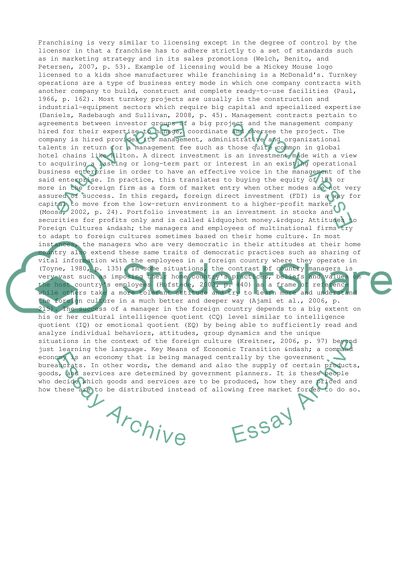Cite this document
(“International Business and Economics Assignment”, n.d.)
International Business and Economics Assignment. Retrieved from https://studentshare.org/business/1427512-essay-questions
International Business and Economics Assignment. Retrieved from https://studentshare.org/business/1427512-essay-questions
(International Business and Economics Assignment)
International Business and Economics Assignment. https://studentshare.org/business/1427512-essay-questions.
International Business and Economics Assignment. https://studentshare.org/business/1427512-essay-questions.
“International Business and Economics Assignment”, n.d. https://studentshare.org/business/1427512-essay-questions.


